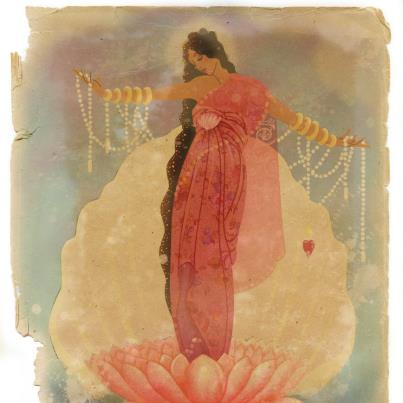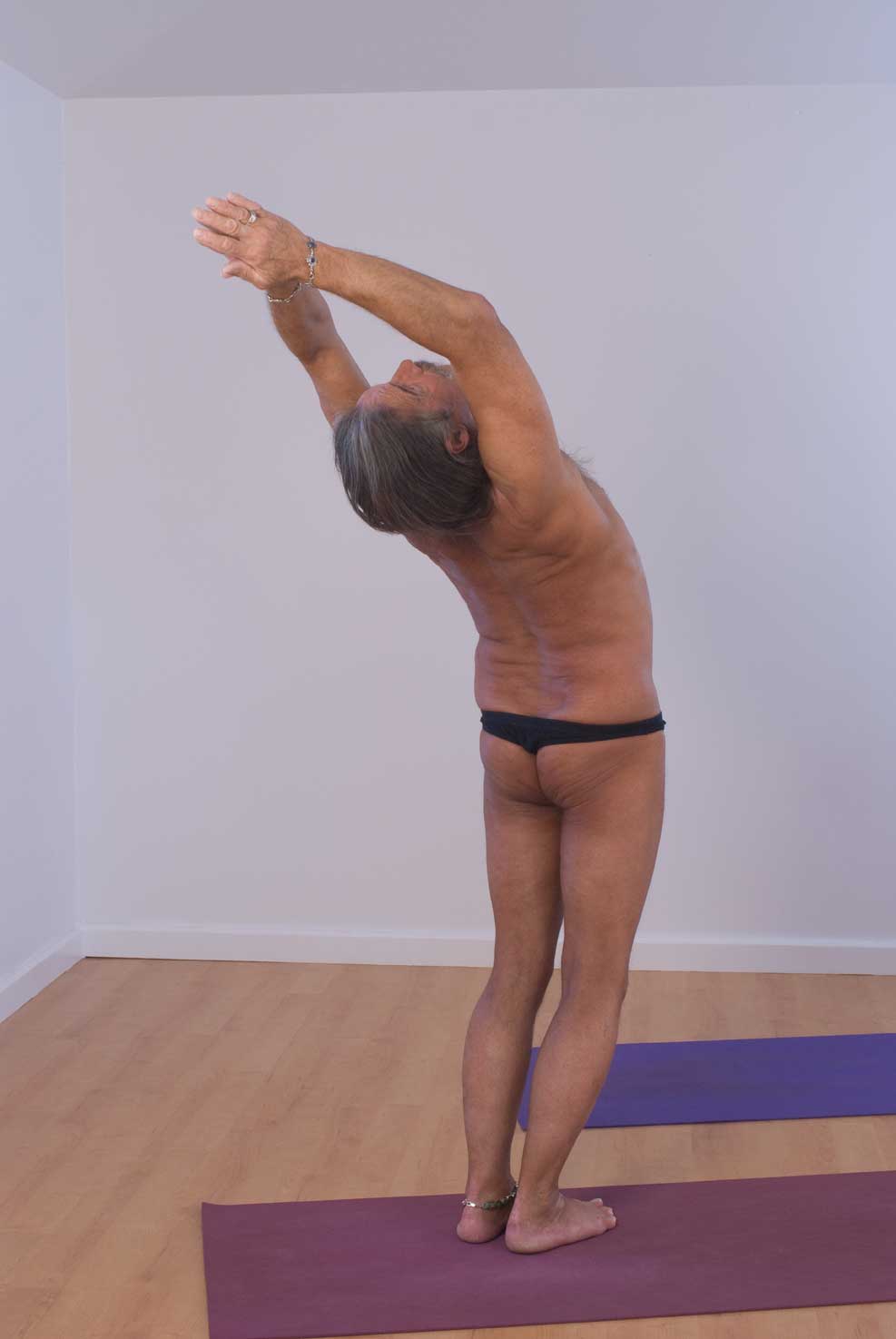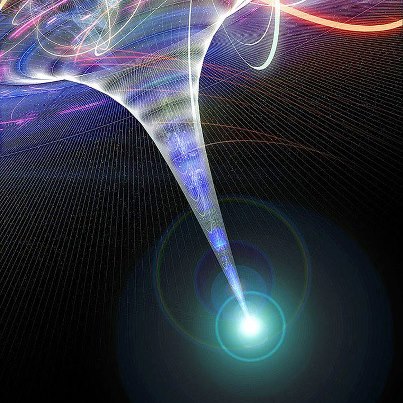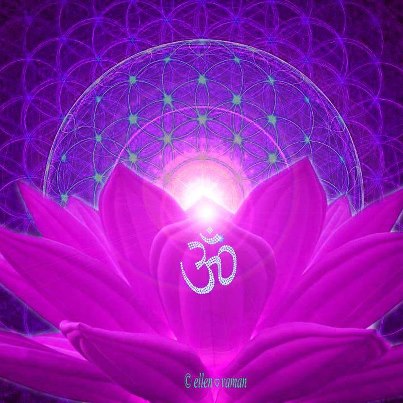The lessons we are learning on the physical plane are the reasons for our existence on this plane. Those lessons can only be learned here. Our physical form is the utility for the necessary experiences. We are divided into gender, male and female. Sex shouldn’t be treated as a hindrance to enlightenment or spiritual wholeness, but recognized as a microcosmic expression of the macrocosmic duality that animates our universe. The relationship represented by the yin yang symbol shows the ‘one’ being made aware of its self through interaction with the ‘other’, forming the whole.
The word for sex in Sanskrit is ‘kama’, as in Kama Sutra, the classic seventh century manual on lovemaking. Kama translates as ‘love-sex together’. Sex and love are entwined in one concept. Kama is also the name of the Hindu goddess of love. The early appeal of yoga in the United States in the nineteenth and twentieth centuries was imbued with sexual titillation. Generally modern followers of Hinduism in India are even more sexually repressed than most Westerners. That’s saying a lot, since many of us live in a state of frustrated sexual over-stimulation. The sacred is perverted to the carnal and our unfulfilled natural desires are subverted to marketing tools.
Sexual frustration is an expression of imbalance that the mind often attempts to correct with the intake of food. The fallacy of this is obvious when recognized. The love-sex expressed by ‘kama’, as opposed to rutting, has that most important of all elements—love. Touch, as an expression of love, is so important to our being, that infants can wither and die without it. Studies in nursing homes have discovered that even the touch of a pet can foster healthier wellbeing. We live in a wasteland of disconnection. Prakriti, everything but the divine, is always in a state of change. Through yoga, we can give positive direction to that change.
















